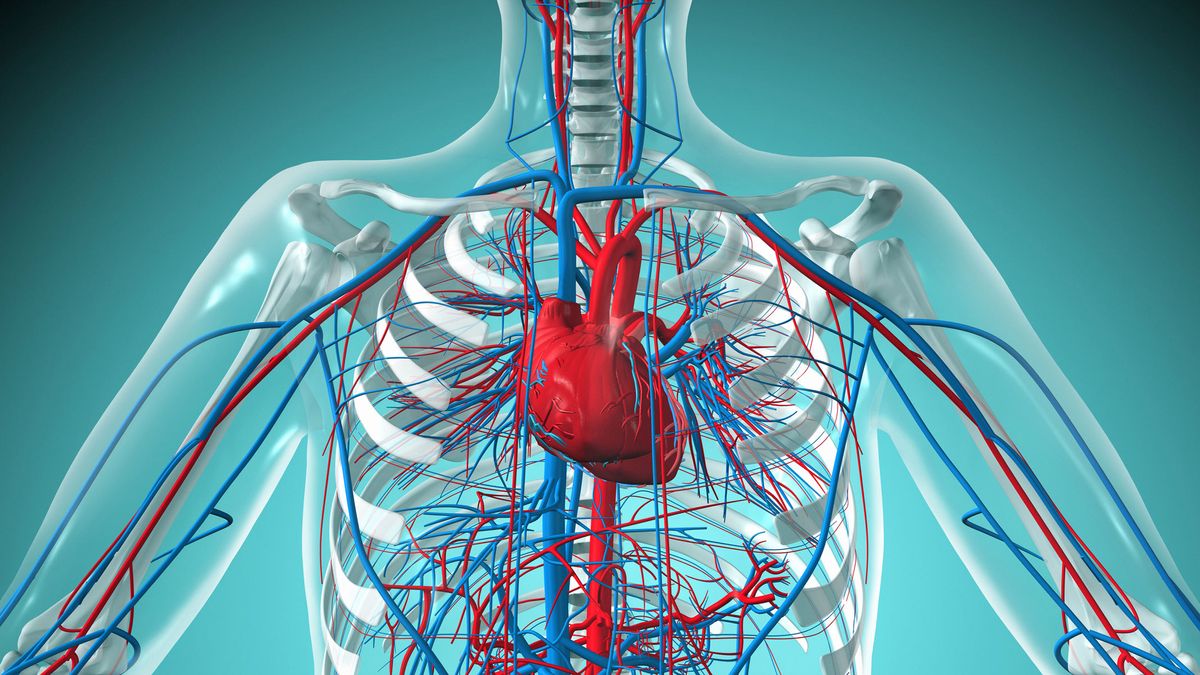Rowing and running are undoubtedly some of the most popular forms of cardiovascular exercise. Both activities can send your heart rate through the roof and get your blood pumping, and both have been shown to decrease the risk of developing heart disease and high blood pressure. When it comes to cardiovascular benefits, rowing and running seem to be on equal footing, according to a 2023 study published in the European Heart Journal.
However, there is an interesting twist — evidence suggests that elite rowers tend to have notably bigger hearts compared to elite runners.
Take the landmark 1994 study published in the American Journal of Cardiology, for example. One of the biggest of its kind, it investigated structural and functional changes within the heart of 947 elite athletes representing 27 sports disciplines. Scientists used echocardiography — images of the heart obtained with an ultrasound scan — and found that, of all study participants, rowers had the thickest left ventricular wall.
This is the layer of muscle and connecting tissue surrounding the largest chamber of the heart. Rowers also had some of the largest left ventricles during the resting phase between heartbeats, when the heart relaxes and fills with blood. On the other hand, runners did not seem to display such far-reaching changes to their hearts, the study authors noted.

So how does rowing affect your heart, and is it different from running?
While both of these activities challenge your cardiovascular system, they do not do so in the same way, Dr. Bhaskar Semitha, a cardiologist and cardiothoracic surgeon at Fortis Hospital Vashi in Mumbai, India, told Live Science by email. “[This is why] elite rowers tend to have bigger, stronger hearts compared to elite runners, even when they have similar levels of cardiovascular fitness,” Semitha said.
The reason lies in the movement itself. Running predominantly targets your legs. Rowing, on the other hand, is a low-impact exercise that simultaneously engages muscles in your legs, core and upper body.
“Rowing is a full-body workout that demands a high oxygen supply, so the heart has to pump more blood per beat,” Semitha said. As such, exercising on one of the best rowing machines may force your heart to pump blood more efficiently than if you opted for a jog on a treadmill.
“Over time, this leads to a lower resting heart rate and a higher stroke volume [the volume of blood pumped from the ventricle per beat.] The heart is working less while delivering more oxygen,” Semitha said.
This also leads to a significant increase in VO2 max, the maximum amount of oxygen a person can utilize during exercise, which is one of the key markers of performance in cardiovascular exercise. “That’s why you will often see rowers with some of the lowest resting heart rates of any athletes,” Semitha said.

Rowing and running elicit different heart rate responses even if these activities are performed at the same intensity, according to a 2002 study published in the European Journal of Applied Physiology. Scientists measured the blood lactate concentration — a biochemical marker of fatigue within exercising muscle — in 55 young, healthy men rowing on a rowing machine and running on a treadmill, and found that their heart rate was consistently lower during rowing even when both these exercises were performed with maximum effort.
Why? Again, it is all about the movement. The seated position during rowing makes it easier for blood to flow from the body’s lower extremities back to the heart, scientists concluded.
There is a slight twist to the tale, though. Running, even at moderate intensity, is still more effective than rowing for increasing VO2 max, Sergii Putsov, PhD, a professional weightlifter, researcher and head of sports science at coaching service Torokhtiy Weightlifting, told Live Science. “Running forces your body to work against gravity, amplifying oxygen consumption and utilization. Since rowing is less weight-bearing than running, its overall ability to increase VO2 max is slightly lower for people who do not push themselves to high intensity,” Putsov said.

Running also tends to cause more dramatic spikes in heart rate, particularly during high-intensity sprints. “[This is why] running puts more demand on arterial flexibility than rowing,” Semitha said. “The repeated impact and fluctuations in intensity force the blood vessels to expand and contract rapidly, which can make arteries more elastic over time and therefore help prevent high blood pressure and cardiovascular disease.”
So in the rowing vs running debate, which activity wins for cardiovascular benefits? Neither. Both rowing and running are good exercises for boosting stamina and strengthening the heart muscle, according to Putsov.
“However, their effectiveness may depend on your fitness level, specific goals and physical condition,” Putsov said. “The full-body nature of rowing helps improve oxygen utilization efficiently without the harsh repetitive impact associated with running. Running, on the other hand, generates repetitive pounding on your joints and requires relatively high initial energy which can be overwhelming for beginners and people with poor cardiovascular fitness.”
This article is for informational purposes only and is not meant to offer medical advice.

